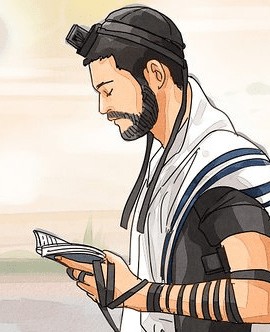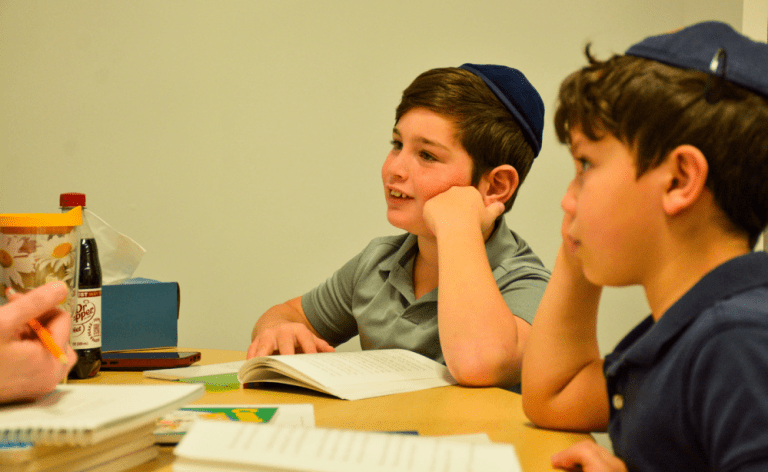Eli went out for lunch with his friend David in a local café in Israel. The two were discussing Eli’s upcoming vacation to Los Angeles and David asked Eli to buy him the new iPhone 15 from overseas. Eli agreed, and David forwarded the full sum in cash to Eli for the purchase. At the Apple store in Los Angeles, Eli inspected the new gadget and he decided to purchase three phones. One phone was for David, the second was for his own personal use, and the third he intended on selling in Israel at a profit. Eli wrapped the three phones in bubble wrap and packed them in his suitcase. Upon arrival in Israel, Eli opened his suitcase and discovered that his bag was tampered with. He inspected the contents of the bag and immediately detected that the bubble wrap was ripped and one of the phones was missing. He filed a complaint with the airport authorities, and while they were planning to investigate, the airport authorities added that it was possible the phone was stolen by a passenger as the suitcase was revolving on the belt. Eli had decided that it was David’s phone that had been stolen and Eli contacted David to inform him of the unfortunate occurrence. David responded that Eli had no right to determine that of the three phones it was specifically his that was stolen, since all three models were the same. David suggested that perhaps they split the loss between the two of them, or possibly Eli was to suffer two thirds of the loss as two of the three phones were his.
How should the Bet Din rule – in favor of Eli or David?
Torah Law
According to the ruling of the Shulhan Aruch, a messenger entrusted with an item to deliver to another party is responsible to safeguard the item properly. A messenger who is not being paid for his services is liable only for loss or damage resulting from his negligence. In addition, while an unpaid messenger is not responsible in case of theft, he is accountable if any theft came about because of his negligence. According to leading halachic authorities, if the owner of the item was aware of the degree of protection being provided for the item, and did not express his objection, the messenger is exempt from liability even in case of negligence.
By rule of the Shulhan Aruch, if money is stolen from a messenger after he mixed the entrusted cash with his own, the loss sustained by the theft is to be proportionately shared by the messenger and his sender. Hence, if the total original sum mixed was owned two thirds by one and one third by the other, the portion of money stolen is divided accordingly. Each must sustain a loss based on their shares. The rationale behind this ruling is that currency is interchangeable, and after being mixed and subsequently stolen from, neither party may claim complete ownership of the remaining funds.
On the other hand, if a messenger receives a specific item for delivery, and subsequently mixes the item with a similar item of his own, the above ruling is not applicable. Each item is intrinsically different due to its distinct traits and features. Hence, they are not interchangeable, and each party may claim the return of their specific item. In instances in which one of the items is subsequently stolen, and due to confusion, it is presently unclear which of the items are missing, the messenger may withhold the remaining item in his possession. Since there is doubt as to which item was stolen, the messenger who maintains possession may request of the sender to provide evidence that indeed the remaining item is his. Without evidence, the sender may not collect the item from the messenger who maintains legal possession. As opposed to the aforementioned ruling regarding the loss of currency, distinct items missing are not divided up proportionally by shares, since items are not interchangeable, and they distinctly belong to their original owners.
Primary examples of distinct items that are not interchangeable include livestock, diamonds, and jewelry. However, there are various items that maintain a status similar to currency. Fruit, eggs, and other basic staples when mixed are considered interchangeable, and if stolen, the loss is to be sustained based on the amounts owned by each party. It stands to reason, that identical commercial products before usage can be considered interchangeable. Therefore, electronic devices purchased by a messenger for himself, and simultaneously on behalf of a sender, are legally comparable to currency and are to be divided proportionately. Hence, as aforementioned, if thirty identical gadgets are purchased, with twenty belonging to one party, and three are stolen, the loss is split by a two-to-one ratio.
The above rulings regarding currency and interchangeable items are simpler when dealing with proportionate numbers, since this enables the division of the loss to be exacted according to a prorated breakdown. However, far more complicated cases may emerge based on these rulings. For example, if a total of three interchangeable items were mixed and one was stolen, the division of the remaining two is more complex. One the one hand, it stands to reason that the owner of the two items is clearly entitled to one item, since only one item was stolen, and he began with two. Therefore, he is automatically entitled to one item, and is required to split the value of the second with the other party, since perhaps the other one stolen was, indeed, his. Alternatively, since all three items were pooled together at the time of loss, the two parties are considered partners according to their shares, requiring the remaining two items to be sold and divided accordingly, at a two-to-one ratio. In such instances, a Bet Din will formulate a compromise based on cooperation of the litigants.
Endnotes: Shulhan Aruch Hoshen Mishpat 291:13 Ibid Pithei Teshuva 8, Hatam Sofer H.M. 168, Rama Hoshen Mishpat 292:10, Semah 292:30, Pa’amonei Zahav 292 quoting Hesed Le’Avraham , Ralbah 71, Sha’ar Hamishpat 121:7. See Pithei Hoshen Pikadon 8:22.
VERDICT: A Real Smart Phone
After much research and halachic analysis, the Bet Din formulated a compromise by awarding Eli, the messenger, with one of the phones, and requiring that the second phone be sold, and its proceeds to be split by David and Eli. David was aware that Eli was transporting the phones in his luggage and may not claim that Eli was negligent for not traveling with them in his carry-on. Since all three phones were never used and were of identical commercial model, they are considered interchangeable items. With no ownership rights to one phone over the other, Eli has no right to determine that it was David’s phone that had been stolen. Since Eli owned two of the phones, and only one had been stolen, he is automatically entitled to one phone. The second remaining phone was eventually sold at a profit and the sum was divided equally between the two. The Bet Din chose this path to resolve the matter, since it anticipated that David would be able to recoup most of his loss after collecting his share in the proceeds of the sale of the second phone.
In Loving Memory of Vera Bat Carol, A”H
YOU BE THE JUDGE
First Right of Refusal
Avi, a former resident of a yishuv close to Gaza, was evacuated from his home on the seventh of October. Together with his wife and six children, he was transferred to a small hotel in Jerusalem. After living in the hotel for nearly two months, he was bored, frustrated, and his family dynamics were failing. Avi found a job in Jerusalem and decided to leave the Gaza area permanently because of the continuous missile attacks over the years. He rented an apartment in a popular neighborhood in Jerusalem, but after only one month of rental he was informed that his landlord was in contract to sell the property. Avi confronted his landlord and offered to buy the apartment, claiming that as the present tenant he is entitled to the right of first refusal to purchase the property. The landlord was uninterested in dealing with Avi after he already signed with another buyer and dismissed Avi’s claim. In Bet Din, the two presented their respective claims.
Is Avi entitled to purchase the apartment? Does his landlord have the halachic right to sell his apartment to an outside party? How should the Bet Din rule












